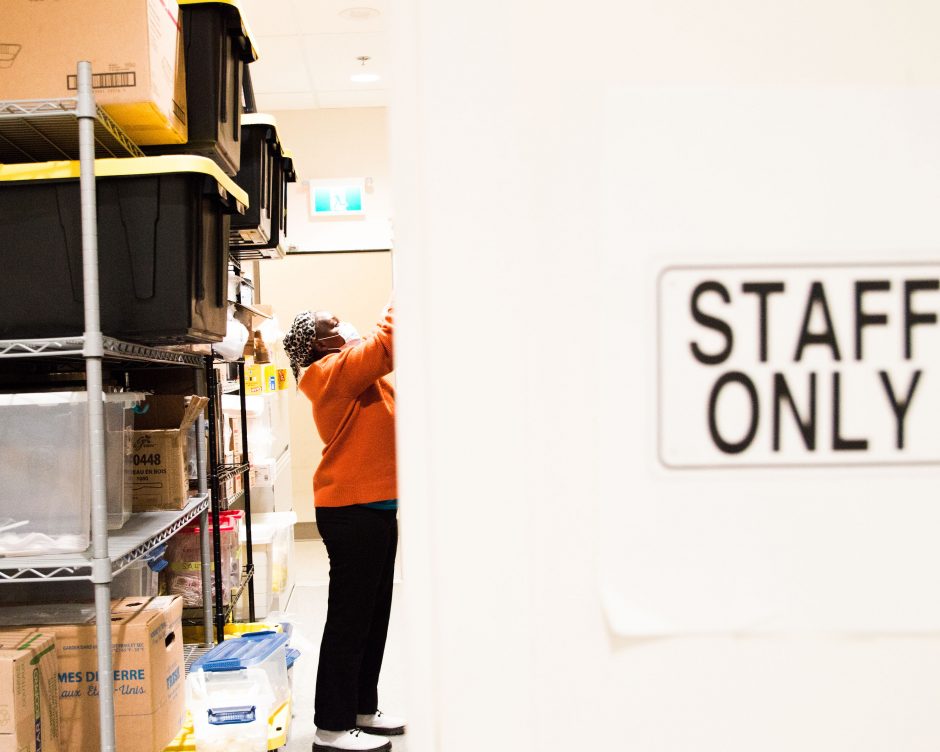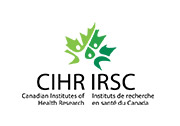Taking Stock means looking at your organization through an equity lens to see your starting points. Each service setting is situated within a unique context, and each organization has its own strengths, community and political contexts, and challenges for the uptake of the three key dimensions. A key first step is some form of contextual analysis. We recommend this include examining a) the context and population served and b) organizational characteristics, including values, mandate and mission. This context analysis, along with what led you to equity-focused change in the first place, is both an initial step and is revisited throughout the implementation process.
“Step zero” involves asking questions such as: What are the areas for growth? What are the problems to be solved? What does “success” (broadly defined) look like? We refer to this as “step zero” to reinforce the fact that organizations, and their members, need to understand where they are at before they can take a first step on a pathway to change.
Example:
In research on equity in primary care clinics, the EQUIP Healthcare team supported each clinic to develop a “context profile”. More recently, in research with Emergency Departments, the team found it useful to consider how the sites, and Emergency Departments more generally, were being positioned in local media.
How staff and service users perceive one another and the organization will shape the process toward equity; it is important to periodically gauge how various groups of people who use your services feel about their experiences in your organization. Step 5 discusses how to “monitor progress” but thinking about “what success looks like” should start early!
Example:
In our EQUIP Emergency research, we found that each of three Emergency departments had unique strengths and challenges in relation to equity and the three key dimensions, thus a formal effort to enhance equity needed to begin in different places. Watch this short animation, “Why Tackle Equity in Emergency Departments” to understand where inequities might show up in an ED setting.
There are three broad questions to address in Step 0:
- What are the inequities of concern in your setting? What are the barriers to, and resources for achieving greater equity?
- What are the motivations driving you and others toward equity?
- Where are you ‘at’ on each of the Key Dimensions?
First, what are the inequities of concern in your setting? What are the barriers to, and resources for achieving greater equity? Questions to ask focus on identifying who is least well served, why, and who can help. For example, ask:
- Who experiences the greatest marginalization, stigma and discrimination?
- To what extent have people in the region or local area had negative health care experiences and how do these shape their sense of trust or safety when coming to your organization/agency?
- What are the factors that expose people to ongoing forms of racism, substance use stigma, discrimination and other forms of structural violence?
- Who is impacted by income disparities, and who has the greatest difficulty accessing housing?
- Do you serve a proportion of women parenting in strained economic circumstances?
- Does your organizational mandate align with equity principles, or do values such as “efficiency” override values such as “effectiveness” or “social justice”?
- Are your mission or vision statements authentic or largely symbolic?
- Who are the likely champions of equity within your organization?
- Do you already have processes in place to take direction from people and communities who have lived experiences of poor care?
Second, what are the motivators driving you and others? Has there been negative media attention, or public outcry about tragic events? Or has there been a steady and growing awareness that work is needed toward equity?
In Canada, the recent events surrounding the tragic death of Ms. Joyce Echaquan in a Quebec hospital, the investigation in BC into emergency department staff playing ‘games’ to guess blood-alcohol levels of Indigenous patients, and the decades-long investigation into the death of Mr. Brian Sinclair in a Winnipeg emergency room have brought renewed attention to the harms of substance use stigma as it intertwines with Indigenous-specific racism. The drug toxicity crisis that has harmed so many people, led to so many deaths and stressed health care, social services, policing and other services, has drawn stark attention to the extensive impact of substance use stigma.
Organizations or sectors are often mandated to do better in response to these issues, inquiries and related social movements. Increasingly, enhancing equity-oriented care (EOC) is tied to accountabilities to redress inequitable health outcomes.
However you got here, implementing EOC needs attention to all three key dimensions but you can start by going in any one of the “doors” to create an opening for discussion and action.

Third, where are you at on each of the three key dimensions? There are many ways to assess where you are ‘at’, including:
- Consulting with groups of people being served (try to go beyond “patient advisories” to include people who are less likely to participate in such work)
- Consulting with community advocates
- Consulting with those in your organization who have diverse relevant expertise related to discrimination, stigma, racism, harm reduction, cultural safety and so on
- Talking amongst yourselves!
One of the most effective and powerful approaches we have found is using the suite of Rate Your Organization Tools which includes conversation tools that focus on Anti-Indigenous Racism, TVIC and Harm Reduction as well as equity generally to support building momentum among colleagues and mapping the context. Bring small groups together to have conversations, supported by these tools.
Hosting conversations among diverse people in your organization helps you ‘take stock’ AND helps bring more people to the work. Buy in, commitment and ownership from leadership and direct service levels is essential, but you also need to harness enthusiasm among a critical mass of staff. These conversations can help intentionally build momentum for implementation.
At Step 0, you also need to anticipate and prepare for resistance. Having conversations about experiences and impacts of substance use stigma, individual and systemic racism and discrimination, and interpersonal and structural violence will challenge everyone to examine:
- their own assumptions and practices, organizational policies, and
- organizational policies, and how these impact service users; in short, it will take patience, time, resources and hard work.




Example Questions for Each Equity ‘Door’
Trauma and Violence Informed Care (TVIC):
- What does violence look like in the populations you serve? Consider interpersonal, structural and historical experiences.
- What training do staff get about these forms of violence, and how they might present in care encounters?
- How does your organization ensure physical, emotional and cultural safety for clients and staff?
- What violence-related services are available onsite & in the community? Is there coordination among services? Do staff know when and how to refer? How accessible are these to various groups, especially those harmed by stigma and discrimination?
- What does a trauma- and violence-informed organization look like?
Cultural Safety/Anti-Racism:
- What forms of racism and discrimination are most common in this setting?
- Who are the local Indigenous peoples, communities, and what Indigenous organizations provide leadership in the community?
- What other communities face racism and discrimination in your area, and who provides leadership within these communities?
- What strategies and initiatives related to cultural safety and anti-racism are being undertaken in the community or organization? How might your organization partner with those initiatives?
- What does an organization that is culturally safe, and anti-racist, look like?
Substance Use Health
- How does substance use stigma show up here?
- What keeps it in place? (e.g. policies, organizational philosophy, wider community values, workload, funding)
- What services and supports are available related to substance use? What are the gaps?
- What strategies and initiatives related to harm reduction and substance use stigma are being undertaken in the community or organization? How might the organization partner with those initiatives?
- What is the ongoing impact of the drug toxicity crisis in this community?
- What does an organization free of substance use stigma look like?
- What would it take for the organization to integrate a “substance use health” orientation?

Once you’ve discussed these questions and gathered relevant information, you can build on the questions posed in Step 0 and do an initial “mapping” of your landscape and then deepen that analysis as you go. To support initial context analysis, we have created a Map Your Landscape Tool. The Canadian Public Health Association has also created an Organizational Assessment Tool for Substance Use and Stigma.
Check out a short video showing how the community of Port Alberni “took stock” of where they were at on the equity journey!






